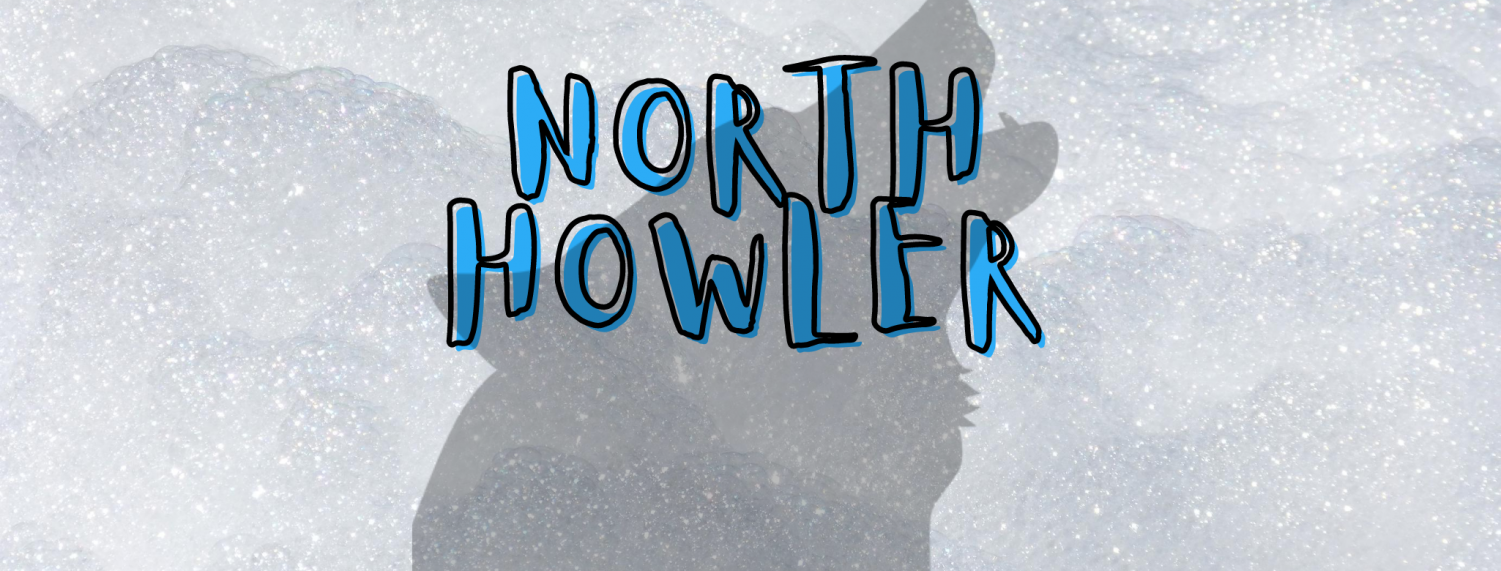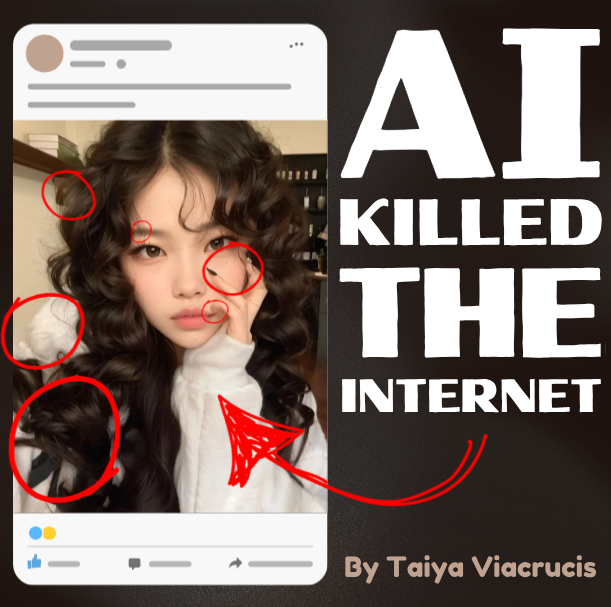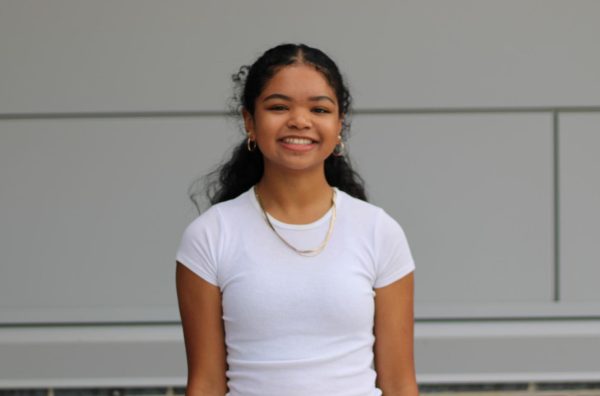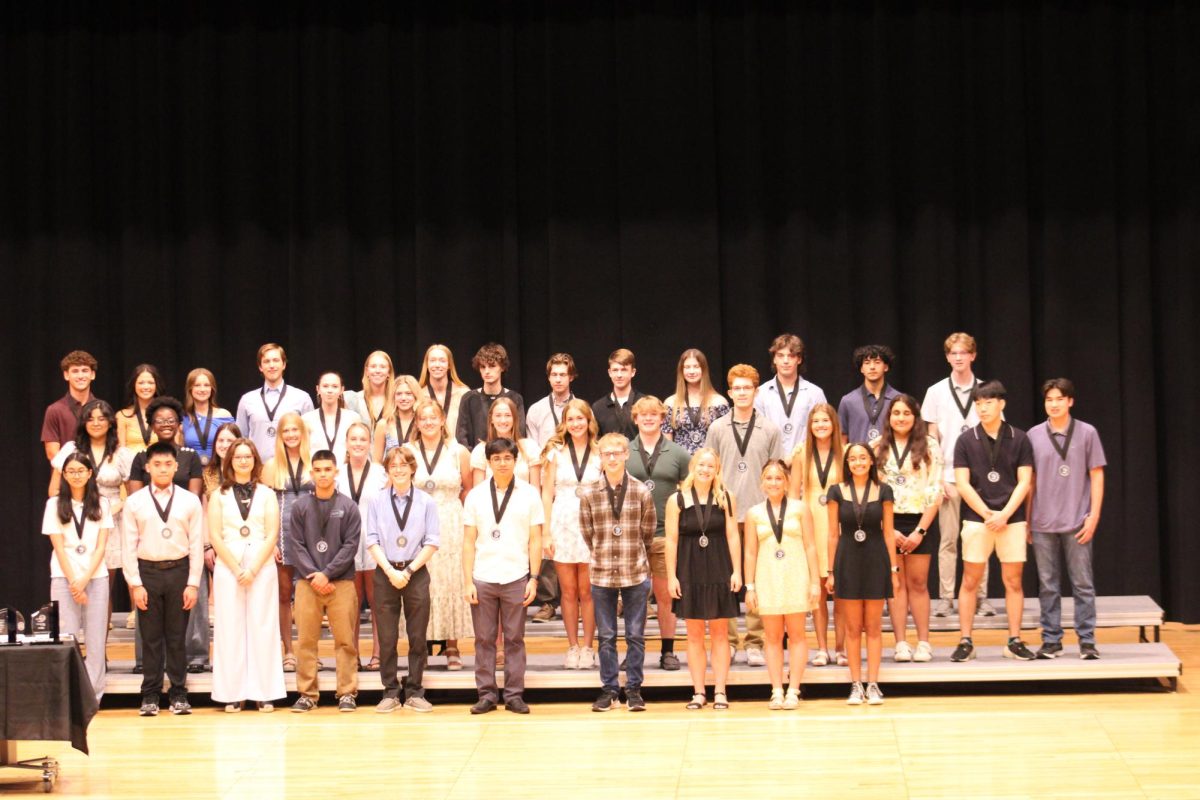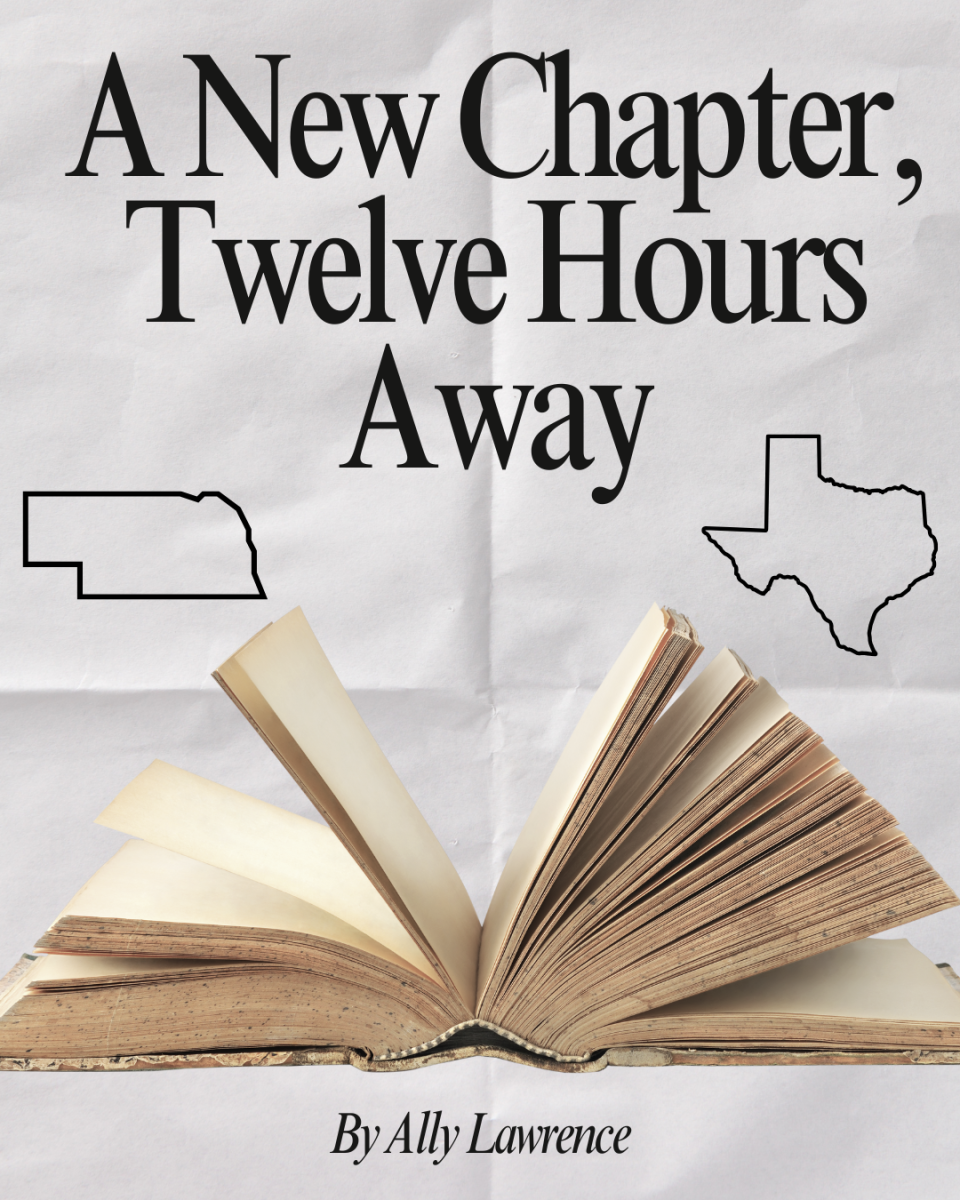Picture this:
You’ve always had a passion for art, but the stress of school, sports, and life is overwhelming. Any second of your free time is better spent on the immediate dopamine hit of scrolling through social media.
After months of neglecting your sketchbook, a wave of creativity hits you, and you must act immediately because motivation these days is scarce. You open Pinterest for inspiration, as you’ve done so many times before. You find the perfect reference and gleefully ready your watercolors, examining the image.
But wait . . . an ankle is twisted the wrong way, the neck is too long, and there are random artifacts in the sky . . . it’s AI-generated.
Only a few years ago, Pinterest was the Holy Grail for creative inspiration. Today, the app is completely oversaturated by AI-generated content, stolen images, and advertisements that almost make the app completely unusable. These AI-generated images stir up controversy in the art community.
“You just throw in some words on AI, and it chokes together some weird, rotten image,” art teacher Madeline Rosonke said. “It just deflates everything that I care about.”
More than disheartening, it threatens artists’ careers and incomes.
“I think, just from a job standpoint . . . Like graphic artists, it’s so hard for them right now,” Rosonke said. “It’s easier to find an AI thing and have a computer do the work for you.”
The phenomenon extends beyond AI-generated images. From AI-written news to social media chatbots, AI seems to have flooded almost every corner of the internet. Five years ago, ChatGPT and Deepseek were unknown to English teachers, and AI-generated art had three arms and nightmare faces. . . In 2024, an AI-written book was published.
The rise of AI-written articles has further hurt the already declining newspaper industry. While many of these articles are factual and do not require a human touch, the encroachment of AI into creative writing threatens the livelihoods of career authors.
However, despite “AI” only making headlines in a post-Covid world, the term “Artificial Intelligence” has been around for the better part of a century.
“We’ve had AI for longer than people think. Siri is AI; spell-check is AI,” AP Computer Science teacher and Robotics advisor Chris Peters said. “We have, obviously, much more advanced AI models now that can generate entire essays in milliseconds, which is incredible. It’s a tool. You can use a pick [garden tool] to dig dirt, or you can use a pick to murder somebody. How you use that tool is the biggest thing.”
Many don’t see harm in the use of AI. Letting ChatGPT write a better thesis or using Midjourney to make a graphic for our presentation only saves time and creates a better product. However, the more we rely on AI to do the work for us, the more we risk losing our creativity and the pride that comes with finishing something beautiful.
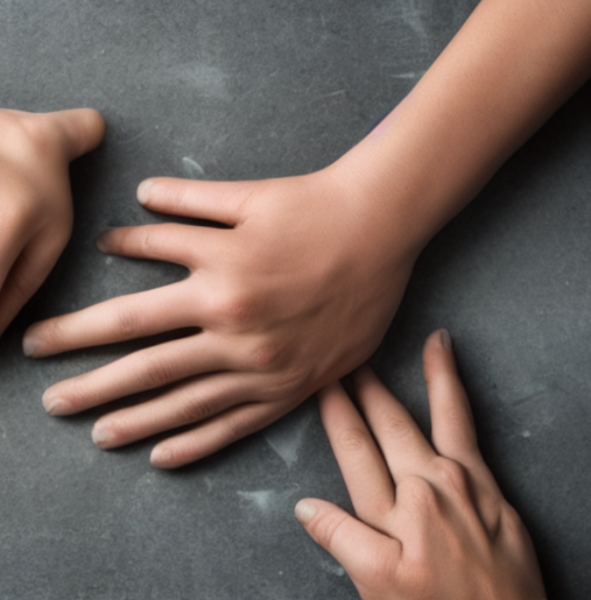
In 2024, the fear of the possibilities of AI resurfaced an old internet conspiracy theory from the 2010s. The Dead Internet Theory is the idea that from 2016-2017 and beyond, the internet was primarily bots made to create an algorithm that coerced the few humans left into buying products and ideas. In 2021, the theory was reintroduced by a man who was saddened by what the internet had developed into.
Although this part of the theory is inherently false, another piece is increasingly relevant.
“I think, in a weird way, eventually, the AI won’t be so bad,” Rosonke said. “Because it’s just going to keep eating itself over and over and over again. Like, that one hand that has the weird sixth finger will eventually have 10 fingers.”
AI relies on human-made images and text available online. However, as AI begins to generate more of this content itself, the scenario that AI is exclusively fueled by AI-generated content becomes more likely. The process of AI repeatedly recycling itself will eventually churn out nonsense.
The internet— originally created for the sharing of government information, became a social hub for outsiders to find community. A place where 5.44 billion people log on every day for entertainment and work would be flooded with nonsensical computer jargon.
Although this theory applies to today’s level of AI, new technology threatens a bleaker future: the unknown.
“I was looking at some new AI,” sophomore Sai Seelam said. “It has the capability to think literally like a human. That’s terrifying.”

